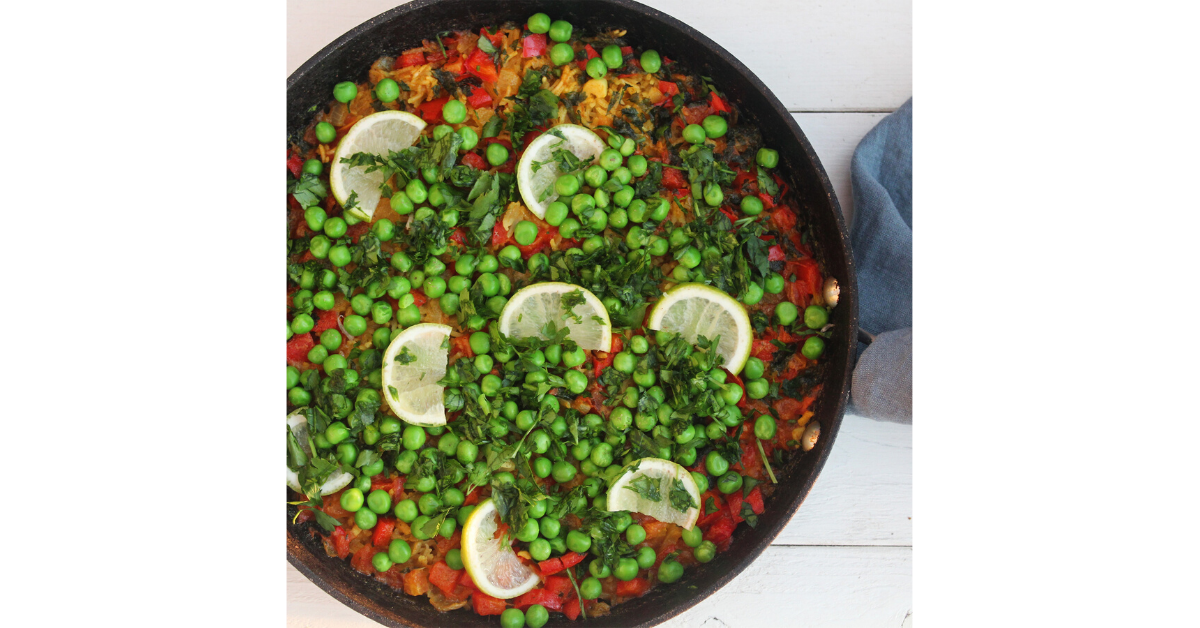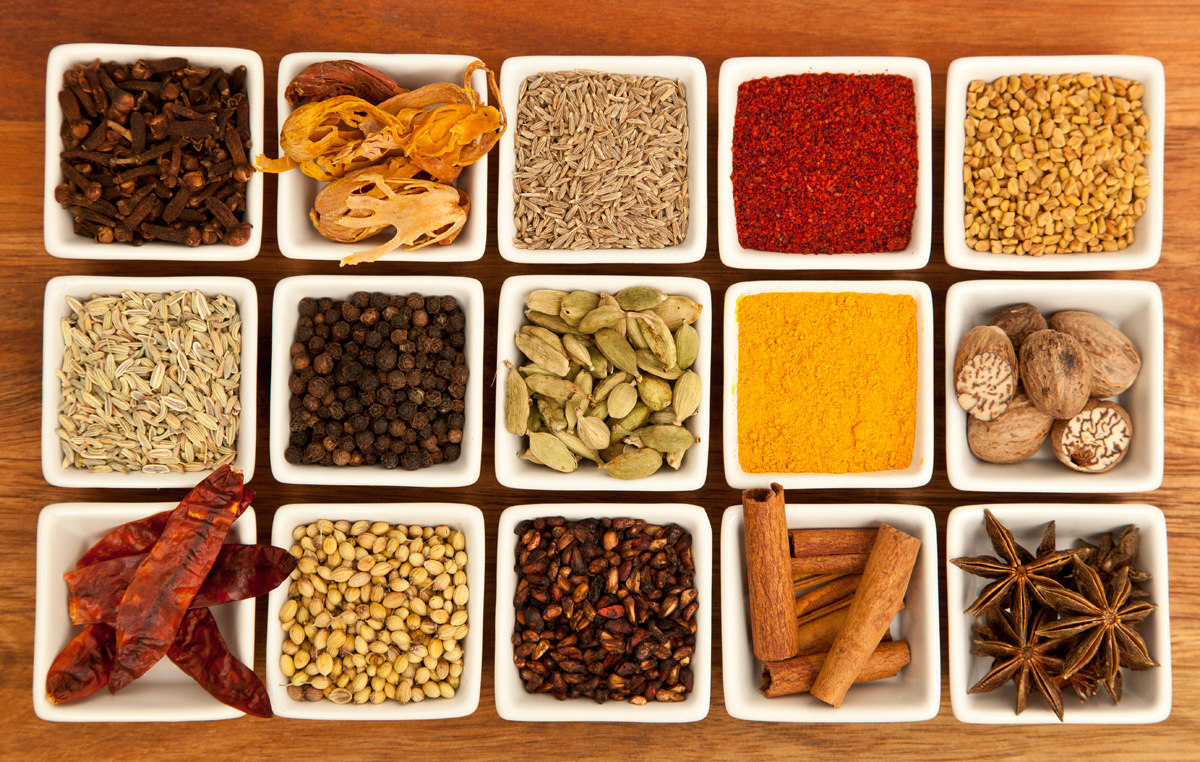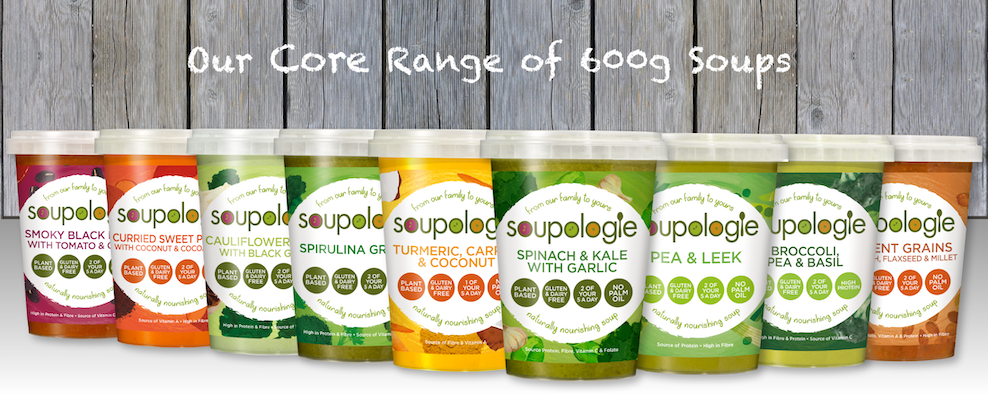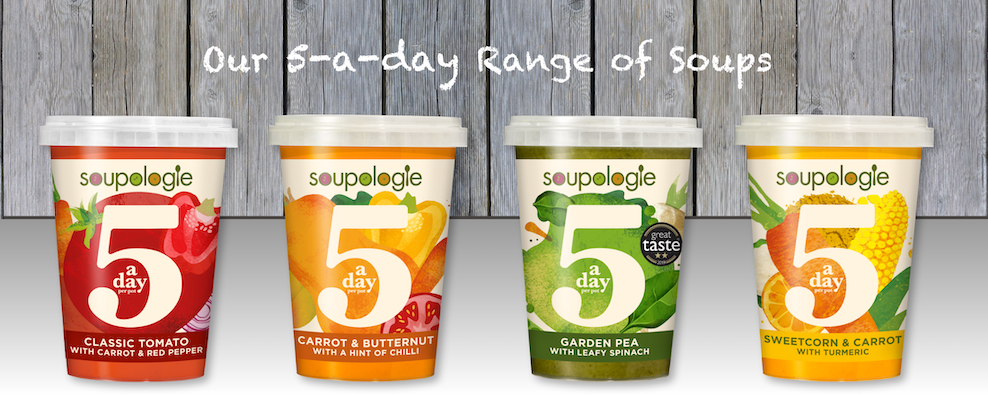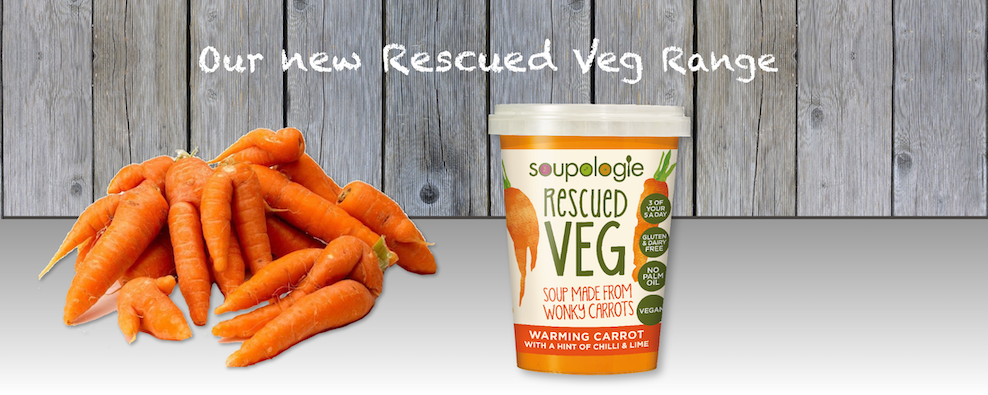Welcome back to another edition of Food Waste Friday! Today marks the annual celebration of Paella Day in Spain! This rice-based dish is a staple in Spanish cuisine and is well-loved throughout the world. I want to celebrate the versatility of paella and how it can minimise our food waste through proper buying and storage of spices.

Back to Basics
Paella is the perfect meal to help curb our food waste. It is labelled as a “peasant dish” as it was originally made by impoverished manual labourers working in rice and vegetable fields. As a result, rice formed the base of this dish and was normally cooked in a flat, shallow pan over a fire. In addition, the protein part of the paella consisted of whatever they could muster together from their surroundings, such as rabbits, snails, small vegetables, legumes and, very rarely, chicken.
Nowadays, we’re able to make paella into pretty much any kind of dish we want. As rice is an adaptable carbohydrate, it pairs well with a variety of ingredients and absorbs the flavour of whatever you choose to add to your dish. This makes it the perfect accompaniment to any vegetables that are close to expiring in your fridge, while also helping us curb our food waste.
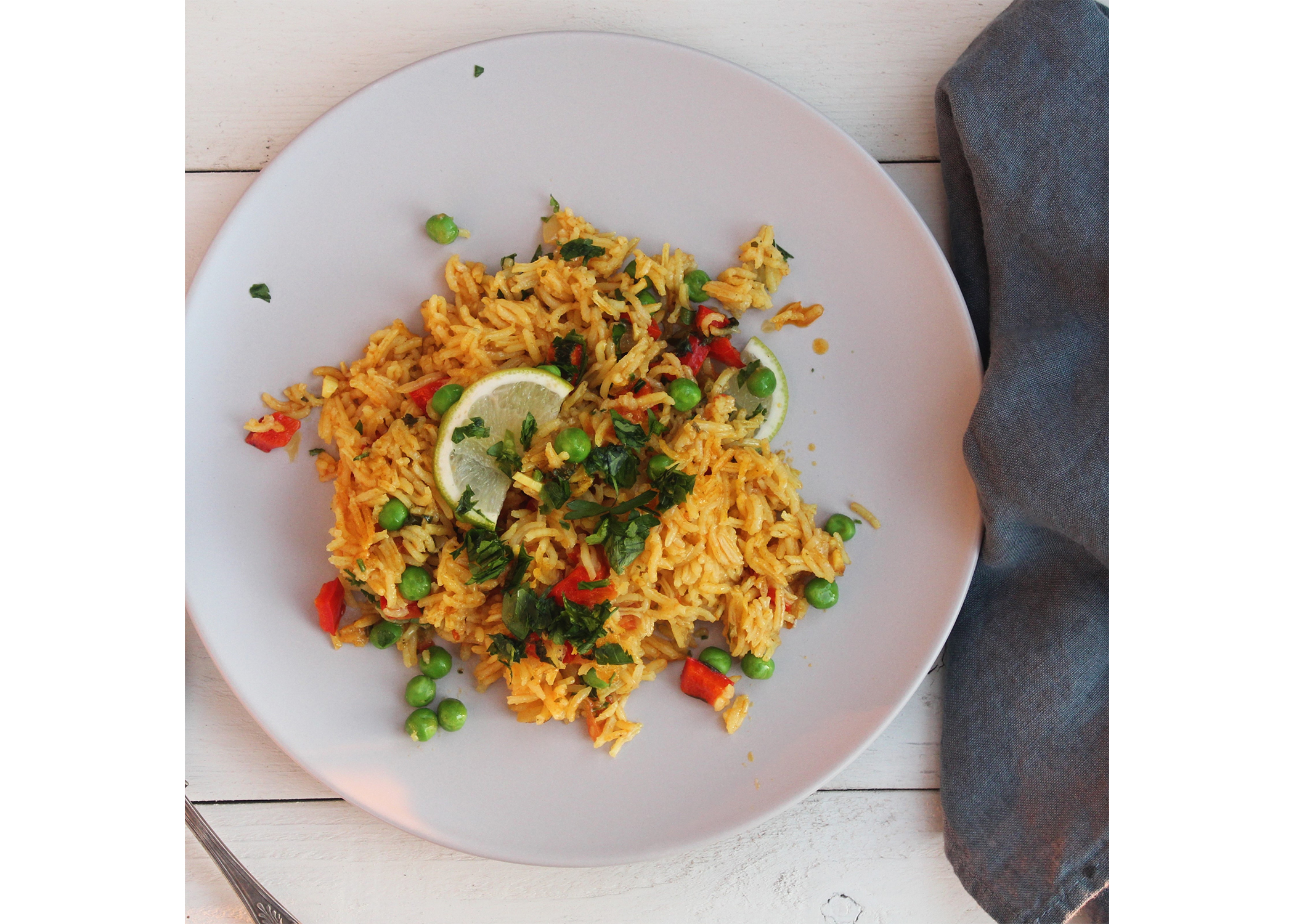
Don’t forget you can freeze rice! If you would like to freeze your paella dish, simply place it into a freezer-safe container while the rice is still hot and store in your freezer. Additionally, this will keep the rice fluffy and moist for when you’re ready to defrost and reheat!
Spicing things up
Despite being extremely flexible, there are a few basics of paella that you’ll come across in almost any recipe. Rice, saffron and good quality olive oil. However, saffron, is the most expensive spice in the world because of its strenuous production process. Consequently, just one gram of saffron can cost anywhere between £5-£10! Luckily, there are plenty of spices that we can use instead of saffron that we probably already have on our spice racks!
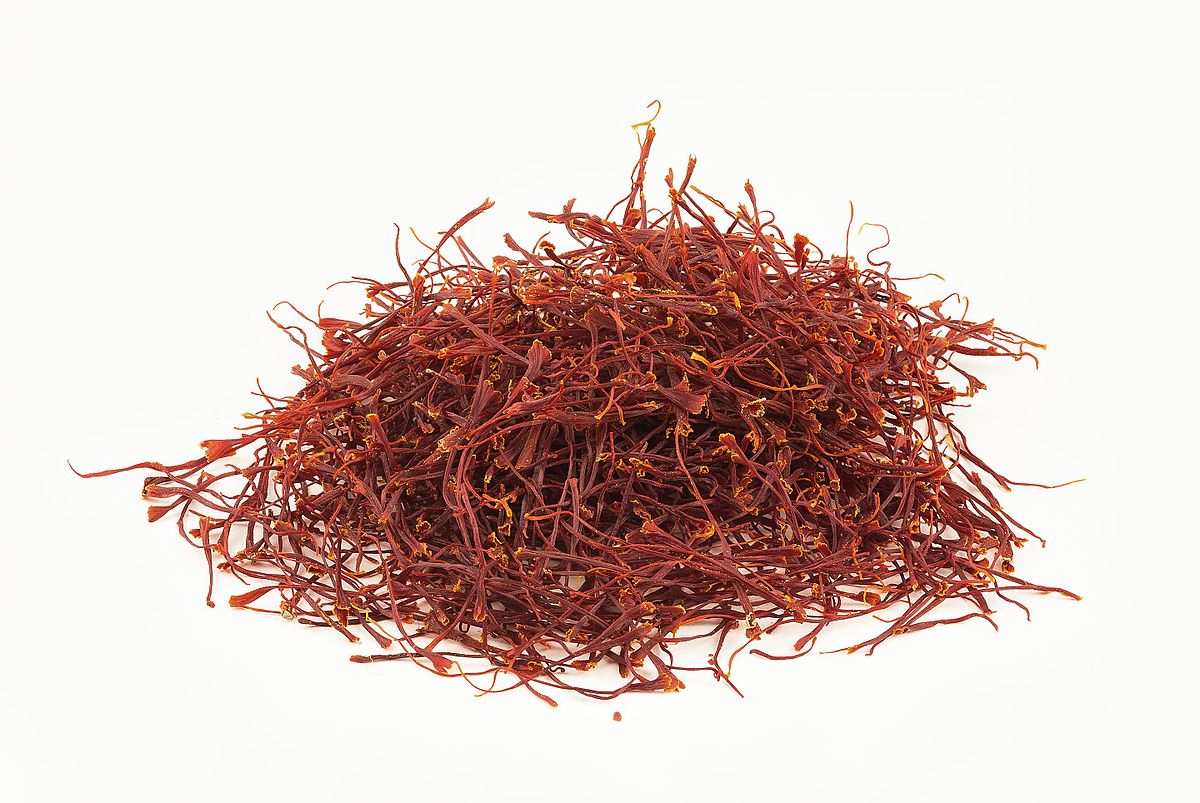
I’d like to discuss the proper storage of spices because even though they don’t expire like fresh produce, they do lose their potency and flavour over time. So, I think it would be helpful to note the different ways we can keep our spices fresher for longer!
Mindful Buying of Spices
When it comes to avoiding food wastage, the first step is to buy mindfully and think about what you really need. Buy spices in small quantities and restock accordingly to ensure maximum flavour and aroma potency. Best by dates are obviously a good indicator of shelf-life but the aroma and colour are too. Spices that are losing their colour and are a bit faded or less fragrant are indicators of diminished potency. As a general rule of thumb, whole spices like cinnamon sticks and cloves tend to last longer than ground spices. Here’s how that works out:
|
Form |
Shelf Life |
Examples |
|
Ground Spices |
Approx. 2-3 years |
● Allspice ● Garlic Powder ● Cinnamon (Ground) ● Ginger (Ground) ● Celery Seeds (Ground) ● Turmeric (Ground) ● Onion Powder ● Paprika ● Saffron Powder |
|
Whole Spices |
Approx. 4 years |
● Anise Seed ● Annatto ● Black Peppercorn ● Cinnamon Sticks ● Coriander Seeds ● Cardamom Seeds ● Caraway Seeds ● Cumin Seeds ● Coriander Seeds ● Cloves ● Fennel ● Fenugreek ● Mustard Seeds ● Nigella Seeds ● Nutmeg |
Keep Calm and Cardamom
Whilst it’s pretty tempting to display a colourful spice rack, storing spices in an opaque container actually prevents sunlight from diminishing their freshness and flavour. If you keep your spices in transparent jars, just ensure they’re out of direct sunlight in a cool, dry place. So that means away from any heat sources too, like near your hob or on the windowsill.
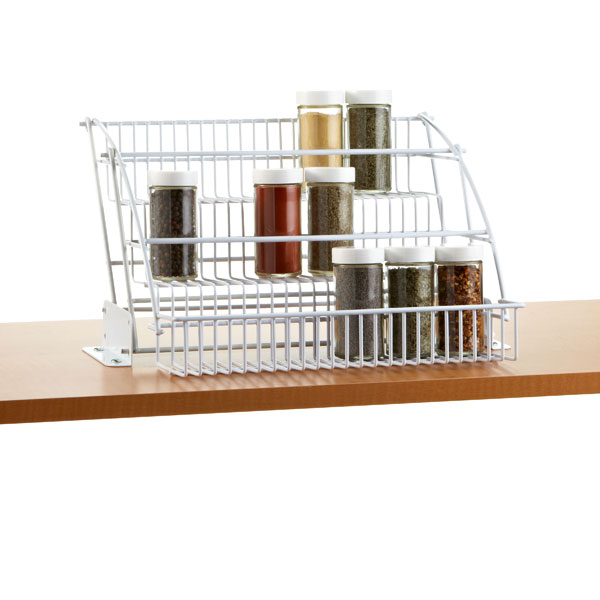 Tipping Point
Tipping Point
Always use a spoon when it comes to adding spices to a saucepan as it’s essential to keep spices dry. When we sprinkle spices straight from the jar over a hot saucepan, the humidity from cooking can lead to moisture getting into the spice jar which may then lead to mould or bacterial growth.
The same goes for measuring ingredients. Use a dry spoon, and if you’re measuring out a combination of wet and dry ingredients, start with your dry ingredients first, wherever possible, or use a separate measuring spoon.
Turn up the heat!
If you’ve enjoyed this post and would like to spice up your life, we’ve got a variety of plant-based and free-from soups that celebrate a range of aromatic spices.
Our most fragrant soups include: Curried Sweet Potato, Turmeric, Carrot & Coconut, Smoky Black Bean and Tomato, and our 5 A Day Carrot & Butternut Soup with a Hint of Chilli. Find them at Ocado online, Waitrose, Whole Foods, Planet Organic or at www.soupologie.com
Follow us on Instagram, Facebook, Twitter & LinkedIn too for more information on our soups!

